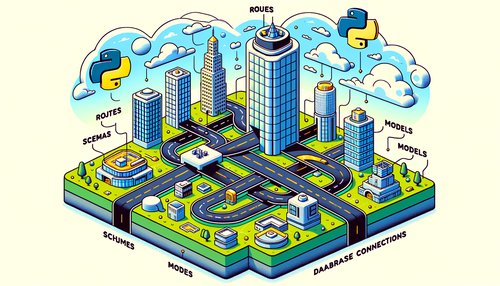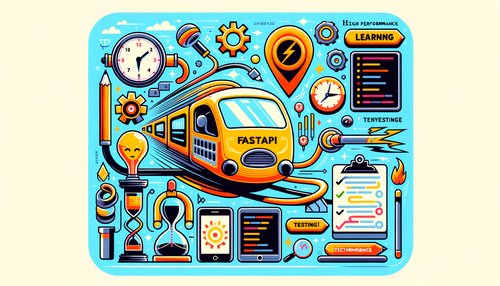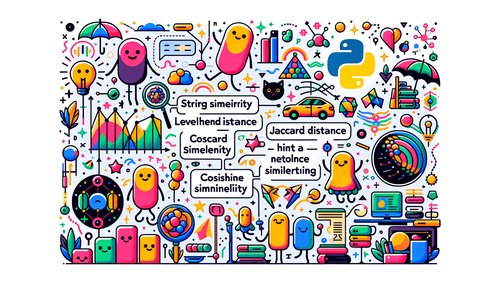Creating a RESTful Django API: A Step-by-Step Guide
Creating a RESTful API with Django is a straightforward process. In this blog post, we'll provide a step-by-step guide on how to create a simple RESTful API with Django.
Step 1: Install Django
The first step in creating a RESTful API with Django is to install Django. To do this, you will need to have the Python package manager pip installed. Once you have pip, you can install Django using the following command:
pip install django
Step 2: Create a New Django Project
Once Django is installed, you can create a new project using the following command:
django-admin startproject myproject
This will create a new project called myproject in the current directory.
Step 3: Install Django REST Framework
Now that we have a new Django project, we can install Django REST Framework to create our API. To do this, we will use the pip package manager again.
pip install djangorestframework
Step 4: Create an App
The next step is to create an app within our project. We can do this with the following command:
python manage.py startapp myapp
Step 5: Add the App to the Project
Now that we have an app, we need to add it to the project. To do this, we need to open the settings.py file within the project and add the app to the INSTALLED_APPS list.
INSTALLED_APPS = [
...
'myapp',
]
Step 6: Create the Models
Now that our app is added to the project, we can create the models for our API. We can do this by adding the following code to the models.py file within the app.
from django.db import models
class MyModel(models.Model):
name = models.CharField(max_length=100)
description = models.TextField()
Step 7: Create the Serializers
Once we have our models, we can create the serializers for our API. To do this, we need to add the following code to the serializers.py file within the app.
from rest_framework import serializers
from .models import MyModel
class MyModelSerializer(serializers.ModelSerializer):
class Meta:
model = MyModel
fields = ('name', 'description')
Step 8: Create the Views
Now that we have our models and serializers, we can create the views for our API. To do this, we need to add the following code to the views.py file within the app.
from rest_framework import generics
from .models import MyModel
from .serializers import MyModelSerializer
class MyModelList(generics.ListCreateAPIView):
queryset = MyModel.objects.all()
serializer_class = MyModelSerializer
class MyModelDetail(generics.RetrieveUpdateDestroyAPIView):
queryset = MyModel.objects.all()
serializer_class = MyModelSerializer
Step 9: Create the URLs
The next step is to create the URLs for our API. To do this, we need to add the following code to the urls.py file within the app.
from django.urls import path
from .views import MyModelList, MyModelDetail
urlpatterns = [
path('mymodels/', MyModelList.as_view()),
path('mymodels/<int:pk>/', MyModelDetail.as_view()),
]
Step 10: Create the Project URLs
Finally, we need to add the app URLs to the project URLs. To do this, we need to add the following code to the urls.py file within the project.
from django.contrib import admin
from django.urls import path, include
urlpatterns = [
path('admin/', admin.site.urls),
path('api/', include('myapp.urls'))
]
And that's it! Your simple RESTful API with Django is now ready to use.
Recent Posts

Unlocking the Power of Terraform: Mastering Conditional Expressions for Smarter Infrastructure Automation

Unveiling the Future: Navigating the Public Interface of Apache Airflow for Streamlined Workflow Management
Apache Airflow
Mastering Workflow Automation: Unconventional Apache Airflow How-To Guides for the Modern Data Enthusiast
Apache Airflow
Mastering the Cloud: Unveiling AWS CloudFormation Best Practices for Seamless Infrastructure Management



